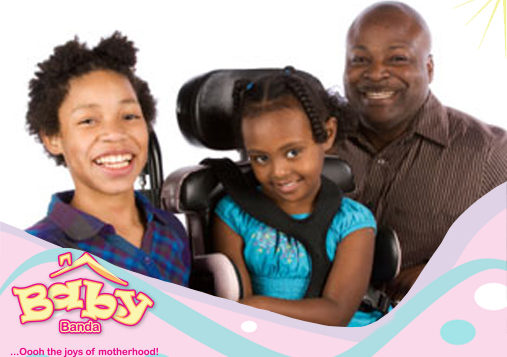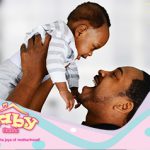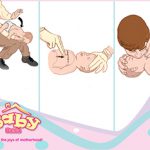Cerebral palsy, also commonly referred to as CP, is a term that describes a group of disorders caused by damage to the brain. It results in physical impairment affecting body movement, coordination, balance and posture. It may also affect vision, communication and learning. Cerebral palsy is sometimes referred to as a developmental condition because damage can occur before, during or after birth. Sometimes other areas of the brain are involved affecting vision, communication and learning.
Causes of Cerebral Palsy
Common causes include:
• Infection in the early part of pregnancy e.g. if the mother is exposed to certain infections such as Rubella (German Measles).
• Premature birth – pre-term babies may be at risk of infection and oxygen deprivation to the brain.
• A difficult birth, which can cause injury to the baby’s head.
• During birth, if a baby has difficulty breathing there is sometimes a risk that not enough oxygen reaches their brain.
• Brain malformations if the brain does not grow or form properly.
• If an infant develops a severe infection, such as meningitis, in the first few days or weeks of life.
• Lead poisoning.
• Child abuse e.g. Shaken Baby Syndrome.
• In children having accidents in the early years of life, causing permanent brain injury. These children are also considered to have cerebral palsy.
Types of Cerebral Palsy
1. Spastic Cerebral Palsy
This is the most common type of cerebral palsy characterized by tense muscles that are resistant to movement. This makes muscle movement “jerky” and uncertain. These individuals have exaggerated movements that cause them to respond with vigorous muscle contractions. The stiffness increases when the child is upset or excited, or when his body is in certain positions.
2. Athetoid Cerebral Palsy
This is the second most common type of cerebral palsy characterized by involuntary movements of the body parts. You child’s hands may twist, and often there is facial grimacing and drooling. The inability to control muscles makes their posture unpredictable.
3. Ataxia Cerebral Palsy
This is the least common type of cerebral palsy and is characterized by a lack of balance and coordination. You may notice that your child may sway when standing, have trouble maintaining balance and may walk with feet spread wide apart to avoid falling.
Common signs of Cerebral Palsy include:
• Slowed developmental milestones.
• Feeding problems as sucking and swallowing is poor.
• Seizures (epilepsy, fits, convulsions) occur in some children with cerebral palsy.
• Sight and hearing problems.
• Stiffness – in some positions, like lying on the back, it becomes difficult to bend the baby’s body, to dress or cuddle him.
• Floppiness – your baby’s head flops and she cannot lift it. Her arms and legs hang down when she is held in the air.
• Unusual behaviour – they may be a crying, irritable baby with poor sleep habits or a very quiet baby who sleeps too much.
Caring and coping with a baby with Cerebral Palsy
• Early intervention is key; seek clinical help as early as possible. This may involve physical therapy and occupational therapy to help your child become self-sufficient.
• Get your child assessed by a specialist to determine the best course of therapy.
• Join support groups for interaction and sharing of experiences.
• Find training facilities that help with special training at home in helping children with disabilities.
• Take time for yourself and seek help from friends and family.
• Do not hide your baby; take them around with you.
• Learn to recognize possible signs that a seizure will begin and how to manage the seizure to protect your baby.













